MI—One: Issue #12 - Columba Edition
2025's emerging cybersecurity trends and a closer look at ServiceNow's ecosystem.
Anmol Jain
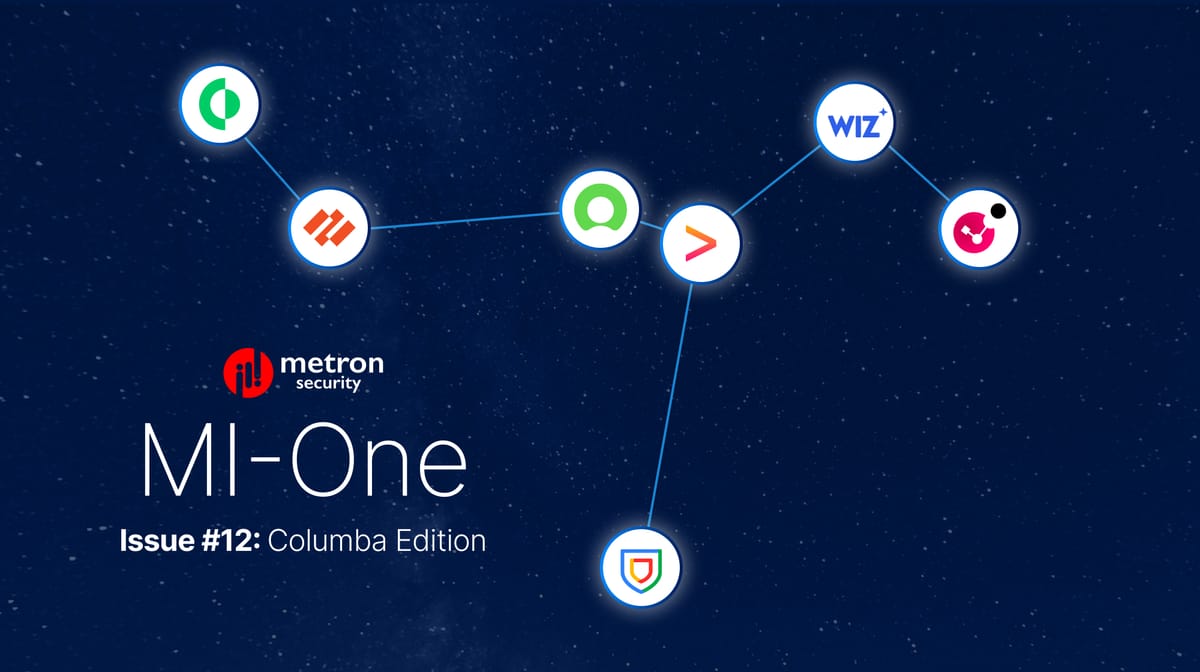
| ||||||||||||||||||||||||||||||||||||||||||||||||||||||||||||||||||||||||||||||||||||||||||||||||||||||||||||||||||||||||||||||||||||||||||||||||||||||||||||||||||||||||||||||||||||||||||||||||||||||||||||||||||||||||||||||
2025's emerging cybersecurity trends and a closer look at ServiceNow's ecosystem.

| ||||||||||||||||||||||||||||||||||||||||||||||||||||||||||||||||||||||||||||||||||||||||||||||||||||||||||||||||||||||||||||||||||||||||||||||||||||||||||||||||||||||||||||||||||||||||||||||||||||||||||||||||||||||||||||||
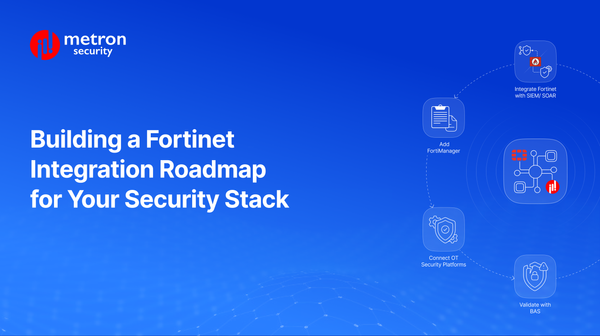
Dive into a practical roadmap for FortiGate, FortiSIEM, and FortiManager integrations.
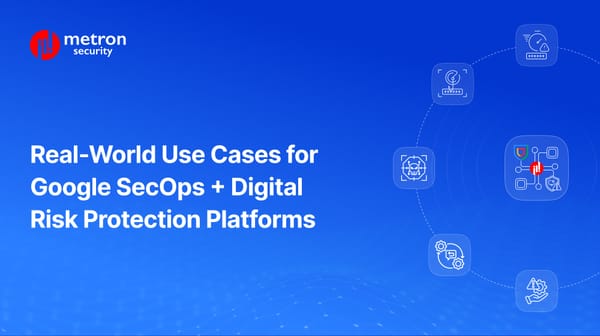
How to integrate Google SecOps with third-party platforms like Digital Risk Protection.
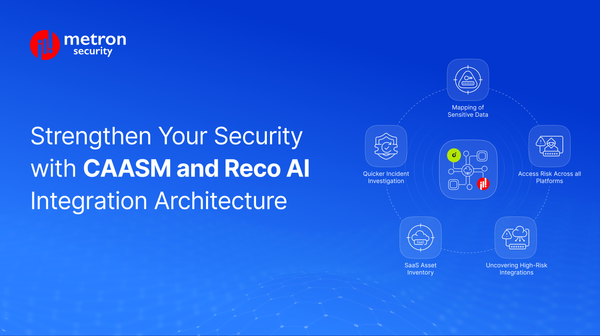
Secure your organization by combining Reco AI and CAASM for full identity security.
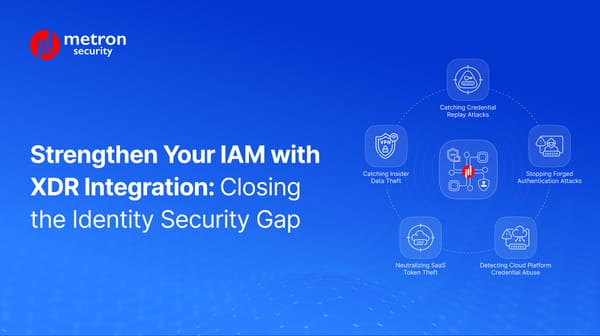
Discover how integrating XDR with IAM delivers stronger identity security.